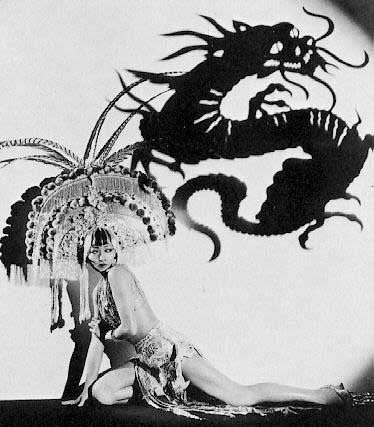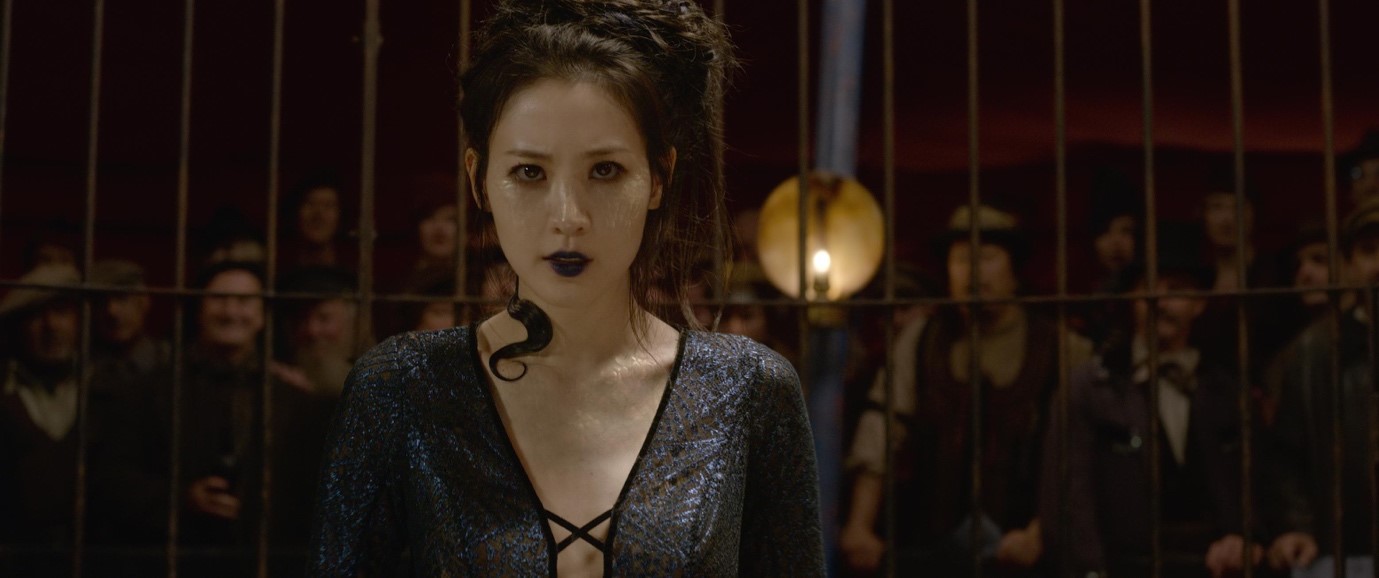Following the grievous losses of the Antlanta spa shootings, the world was shocked by the killer’s statements. According to law enforcement, the domestic terrorist blamed his sex addiction for the horrendous crimes committed. He supposedly felt the need to “eliminate” his “temptations”, which he described as the women inside the spas. The police chose to hold off calling the shootings a source of racial motivation, throwing the internet into a frenzied debate about the hyper-sexualization of Asian women. For many Asian women all around the world, this doesn’t come as a surprise. From the infamous “Me love you long time,” to the stereotypical “happy endings”, they have faced a long history of intense sexualization.
“I’ve had people either assume that I’m a sex worker or assume that, as a Filipino woman, I will do anything for money because they assume that I’m poor,” Dixon, a New York City based freelance writer and musician told ABC news, before adding that she had previously also been offered money for sex by an old boss.
The objectification of Asian women has been around for centuries. “As early as the 1870s, white Americans were already making this association, the assumption of Asian women being walking sex objects,” says Ellen Wu, history professor at Indiana University. Elaine Kim, an Asian American Studies professor at the University of California sources the “dragon lady” as one of the incredibly harmful stereotypes.

The dragon lady is a stereotype portraying East Asian women as domineering, deceitful, mysterious and sexually alluring creatures. The stereotype finds its history in the Yellow Peril movement and the Pace Act of 1875, which barred Asian women from entering the US. This not only branded the women as unwelcome, but also essentially a threat to white supremacy.
In the early 20th century, many Chinese American women were treated as prostitutes. The mainstream US media began using Asian actresses like Anna May Wong as the Dragon Lady, portraying Asian American women as sex objects to be exploited. Another view is that the dragon woman is someone who needs to be “civilized” for western culture.
Anna May Wong is considered to be the first Chinese American Hollywood star. Her role as an exotic dancer and murderer, Princes Ling Moy in The Daughter of the Dragon (1931), as well as her role as a Mongol slave, another “dragon lady” role, gained her immense popularity among moviegoers. Eventually, she got fed up with only scoring roles that put Asian Americans in a bad light. Despite purposely only going for “good” Asian roles later in her career, she is still mostly known for her roles as fierce dragon ladies, using their own sexuality as a dangerous weapon, or demure “lotus blossom ladies,” which brings us to another stereotype.
The Lotus Blossom Lady, also known as China Doll or Geisha Girl, is the very symbol of feminine Asian “flowers” – the complete opposite of the sexual Dragon Lady. The modest butterfly known as the Lotus Blossom Lady is demure, innocent, gentle, but most of all, obedient.Unlike the Dragon Lady who needs to be conquered, the gentle China Doll needs to be saved by the Western man, someone who can take care of her fragile, almost child-like self. Above all, she is a good girl, making her the perfect wife.
In many stories, films, etc., the Lotus Blossom is an innocent girl forced into prostitution and exploitation because of war or poverty. She is then swooped up and saved by her white knight, a western man, who then takes her away from all these horrible conditions to “take care of her.”

Miss Saigon, an award-winning Schönberg musical,is a prime example of modern entertainment portraying the Lotus Flower girl. Kim, a 17-year-old Vietnamese girl, is forced into prostitution after her family and their home is captured by the flames of the terrible Vietnam war. Chris, a white, American G.I. spots her in the brothel on her first day. He swoops her innocent, sweet self away, claiming her virginity and promises her a better life in the United States. They’re torn apart, and act two reveals her alone, left behind in Vietnam with his son, a child he doesn’t even know of. Even after her loved G.I. has left her (and married another woman), her love for him still burns stronger than the sun, and it becomes clear that she has dedicated her life to him.
The musical does great at portraying these women as victims. It also presents Vietnamese people as prostitutes, crooks and “evil communists”. It goes even further by describing their ‘race’ as one who “hates entrepreneurs” and cares for nothing but “rice.” Despite Kim’s great sacrifices for her child in act two, showcasing the real strengths of an Asian woman, she is still branded as a flower blinded by love for her white savior. She longs for America, “a place where life still has worth,” unlike Vietnam. The musical portrays an epic love story to musical lovers, but to many Vietnamese people, it fails to show the full story of the war.
Chris, the American G.I. moans about how he failed to “do good,” showing the guilty-American trope that can be found in all sorts of Vietnam-war related entertainment. Diep Tran writes in her article I Am Miss Saigon, and I Hate It, that “…these films essentially reduce the Vietnam War to a narrative about whether or not America should have been involved, and they make the Vietnamese background players, bystanders in our own country’s history”.
Her article discusses the lack of musicals concerning “our story” that doesn’t conform to stereotypes of Asians made by white people, where there are no “silent and sexualized Asian women.” She criticizes how Kim and the other prostitutes sing about longing for an (American) man to save them, and how they, like the Lotus Blossom, suffer silently and beautifully. In the end, Kim kills herself, because “being dead is better than being Vietnamese.” Viet Thanh Nguyen, who won the Pulitzer for his book about Vietnamese refugees, The Sympathizer, told Tran that he felt the musical fulfilled “every orientalist trope I had studied and was opposed to.” He went on to describe the musical as a “way that Americans, and Europeans, have imagined the Vietnam War as a racial and sexual fantasy.”
Miss Saigon and many other movies do a great job at portraying the Lotus Flower Lady as an incapable creature reliant on white men. This fantasy is not an overdramatized, made up one: it can be found in the sly comments about dating your local “Asian baby girl,” “importing a wife” who can cook Asian food, or flying to Thailand to find a “perfect wife.” The Dragon Lady’s overtly sexual image, too, is still very much still alive. Calling an Asian woman “sexy and exotic” or wearing a mimicky Chinese/Vietnamese traditional dress as a “sexy outfit” or costume, too, furthers the sexualization of Asian culture.

Asian women are real human beings, strong ones at that. The Western perspective fails to see the relentless fighting Asian women do, the sacrifices they make for their families and friends. The stereotypes and intense fetishization of Asian women, which to others might have seemed harmless before, have not only resulted in the recent deaths of the Atlanta spa workers and customers. Between 21% and 55% of Asian women in the US report experiencing physical or sexual abuse. Out of 607 Asian respondents, the explanation for why family violence occurred was because the husband wanted to be dominating and in control. To many of these men, the Lotus Blossom would be a “dream wife,” which is why it is important to scrutinize our language when discussing other cultures and ethnicities. The reduction of Asian women to an oriental fetish is not only disgusting, but also, as we have seen, incredibly dangerous.
Header image credit: Warner Bros.

